What does Agile actually do?
/For the forgetful and/or the nostalgic, here's a reminder of what the old site looked like. If there's a particular feature you miss, please let us know!
There's one question almost everybody asks us: "What do you guys actually do?". The more brazen get straight to the point: "How do you guys make money?". One way to answer this question, without making people wait till they meet us, is with the website. And our website has always been quite... bloggy. It's easy to see how we don't make money, less obvious how we do.
New website
After 4 years with the same design, we've given the site a new look. Four years is half a lifetime in web years, so we now have lots of upgraded features, like mobile responsiveness, integrated commerce, and lots of dynamic content. We can also make it a bit easier to see what people hire us for, and to hire us yourself.
Here's a quick overview of some of the new content:
- Services — things we do for money.
- Courses — boost your skills as a scientist and communicator.
- Products — things we make... for money, or for fun, or because they have to be done.
- Shop — where you can buy boxes of books, and maybe more one day.
- Projects — some of the bigger things we're into right now, like Modelr and SubSurfWiki.
I still find it hard to describe what we do, and I kind of like it that way. We're not easy to pigeonhole. We're fortunate not only to have always had enough work, but also to work with some of the smartest and most energetic people in our industry. But I hope our new site goes some way to making it easier to find out how we might be able to help you and your organization be a bit more awesome. That's what we're here for.
Some geeky footnotes
For anyone who's interested, the site is powered by Squarespace 7. We were previously on Squarespace 5. There's a lot of upside to a package deal like Squarespace, but of course you lose some flexibility. I might have thought about moving to another platform, perhaps WordPress and its open source goodness, but in the end the ease of transferring our 400+ blog posts was the deciding factor.
For those of you using a news reader like The Old Reader to read our blog, please note that the old 'journal' feed URL no longer works — please update it to http://www.agilegeoscience.com/blog?format=RSS. The Feedburner feed is still active, at least for now.




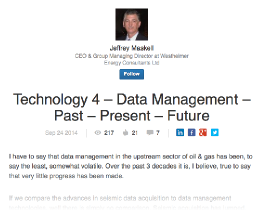
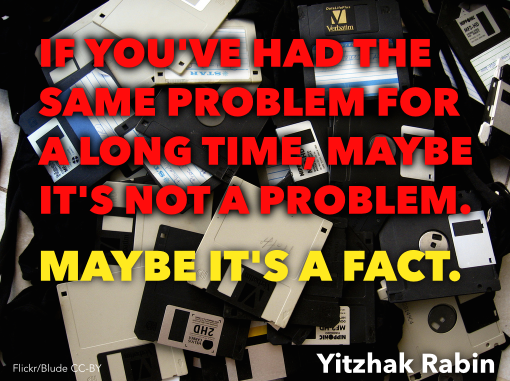

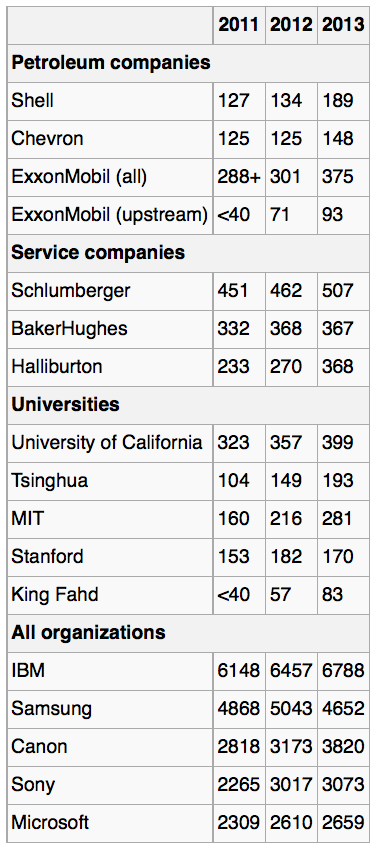


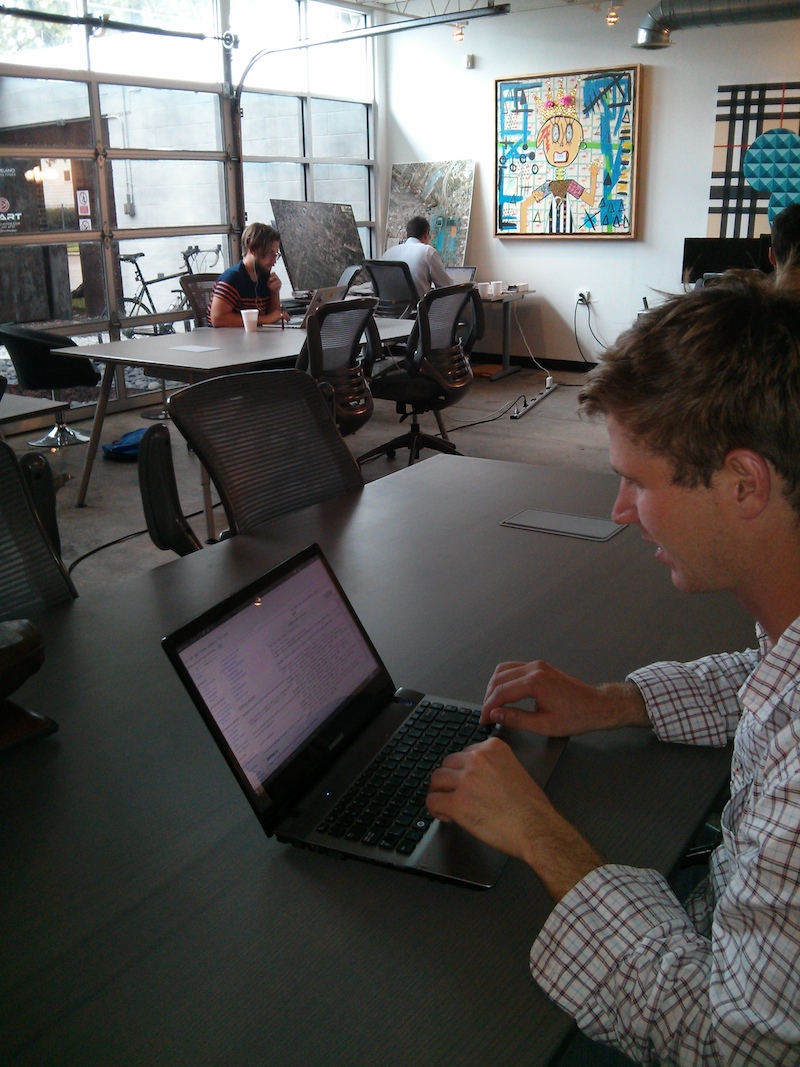
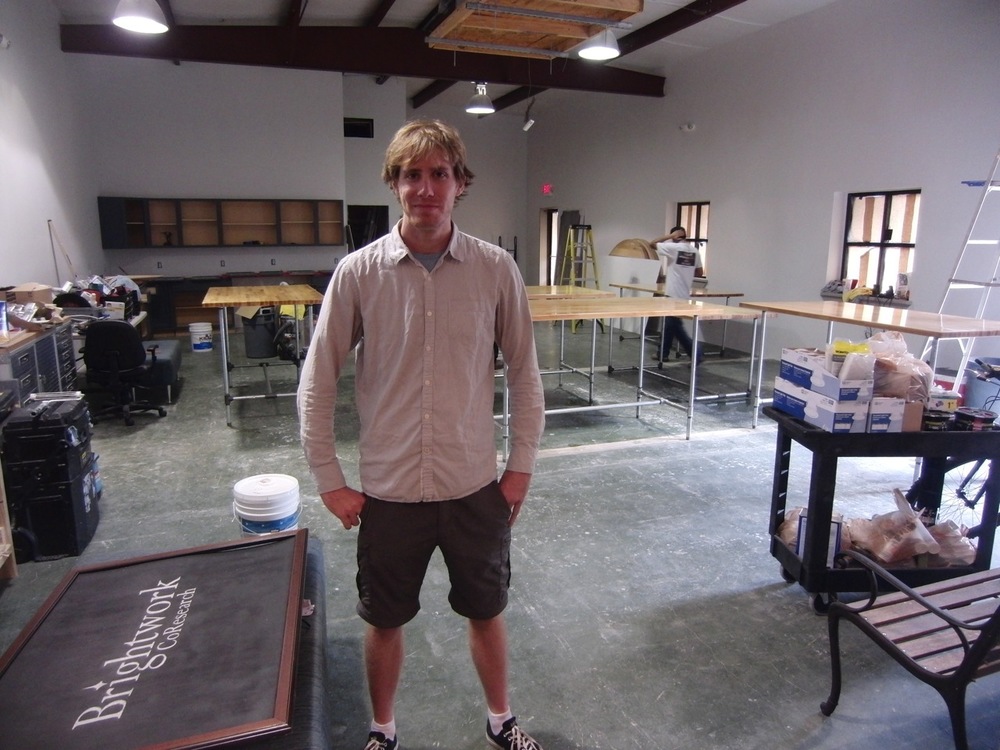









 Except where noted, this content is licensed
Except where noted, this content is licensed